What was one text that influenced you? Tableau asked the assistant professors in the Department of Romance Languages and Literatures for their picks.
Alonso de Sandoval, De Instauranda Aethiopum Salute (On Restoring Salvation to the Ethiopians) (1627)
This 1627 guide for missionaries working with African slaves in colonial Colombia leaves a rich trail for scholars to learn about the lives of enslaved and free Africans in colonial Latin America. It sparked Brewer-García’s interest in her current research topic, showing “that translation in colonial Latin America isn’t between two or three languages—it’s between 10, 15, or more.”
Julio Cortázar, Rayuela (Hopscotch) (1963)
Cortazar’s experimental fiction was the first Latin American novel Gandolfi read as an undergraduate at Università di Trieste. Hopscotch is perhaps best known for its unique format: split into 56 regular chapters and 99 “expendable” ones, it invites readers to choose their path through the text. “It made me think a lot about the strategies, the dynamics, the silence that can be hidden in literary texts,” says Gandolfi.
Maria Anna Mariani
Gilles Deleuze, “Bartleby; or, The Formula,” in Essays Critical and Clinical (1998)
Mariani’s choice isn’t about a specific title but an author: Gilles Deleuze. Reading the work of the theorist “gave me a different sensitivity,” says Mariani, “and reading Essays Critical and Clinical really changed my approach.” She points to Deleuze’s chapter on the titular character in Melville’s short story “Bartleby, the Scrivener” as a text that opened up new paths and “made me look at things in a different way.”
Jacob Burckhardt, The Civilization of the Renaissance in Italy (1860)
“In graduate school, one of my first courses was a general introduction to the Renaissance, and the first book was The Civilization of the Renaissance in Italy,” says Rubini. Published a year before Italy’s unification, Burckhardt’s work was one of the earliest attempts to make sense of the Renaissance as Italians were simultaneously coming to terms with the implications of national unification.
Fernando Pessoa, Livro do Desassossego (The Book of Disquiet) (1982)
This mix of diary entries, fiction, and essays from one of the Portuguese poet’s alter egos, Bernardo Soares, “shows how much you can do with so little,” says Saramago. “The intellectual diversity in this book is amazing.” Published posthumously in 1982, The Book of Disquiet was composed in fragments between 1912 and Pessoa’s death in 1935.
Carlo Ginzburg, The Cheese and the Worms (1976)
“It certainly is one of the most influential history books of the twentieth century, but it taught me a lot about literary research as well,” says Martínez. A masterwork of microhistory and cultural history, The Cheese and the Worms reconstructs the world of a sixteenth-century miller through his trial testimony during the Inquisition. Ginzburg’s work influenced Martínez’s research on the intellectual world of common soldiers, and he has used it in his courses as well. The Cheese and the Worms “is a model of how to present highly complex conceptual problems in a very clear fashion, and how to write the most rigorous research as compellingly as the best novel.”

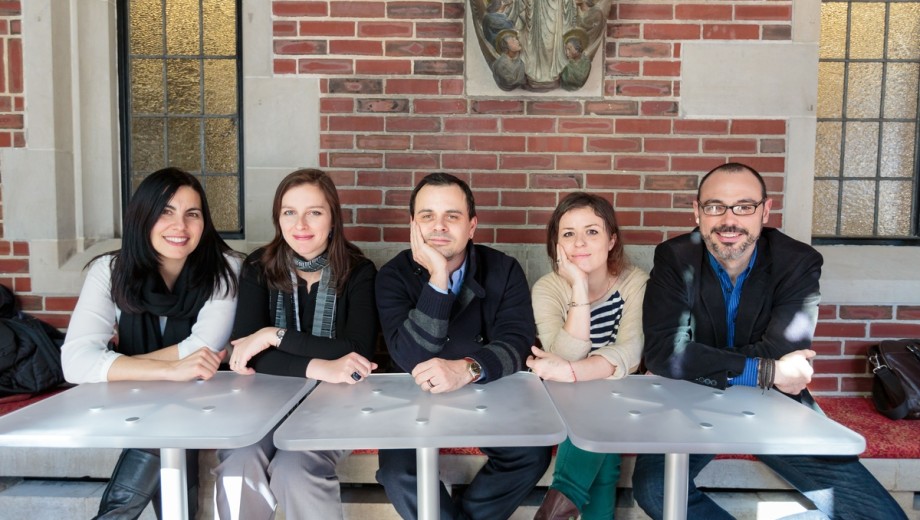
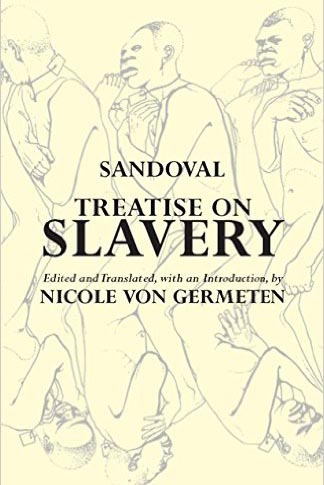
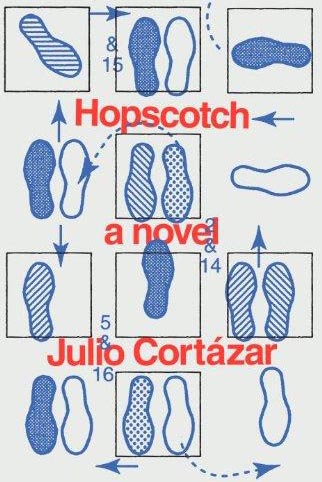

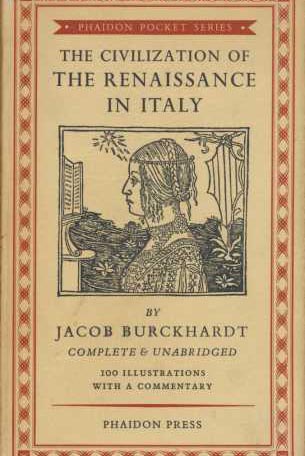
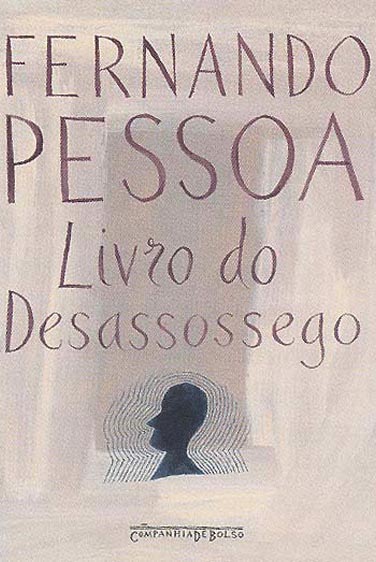

Add new comment